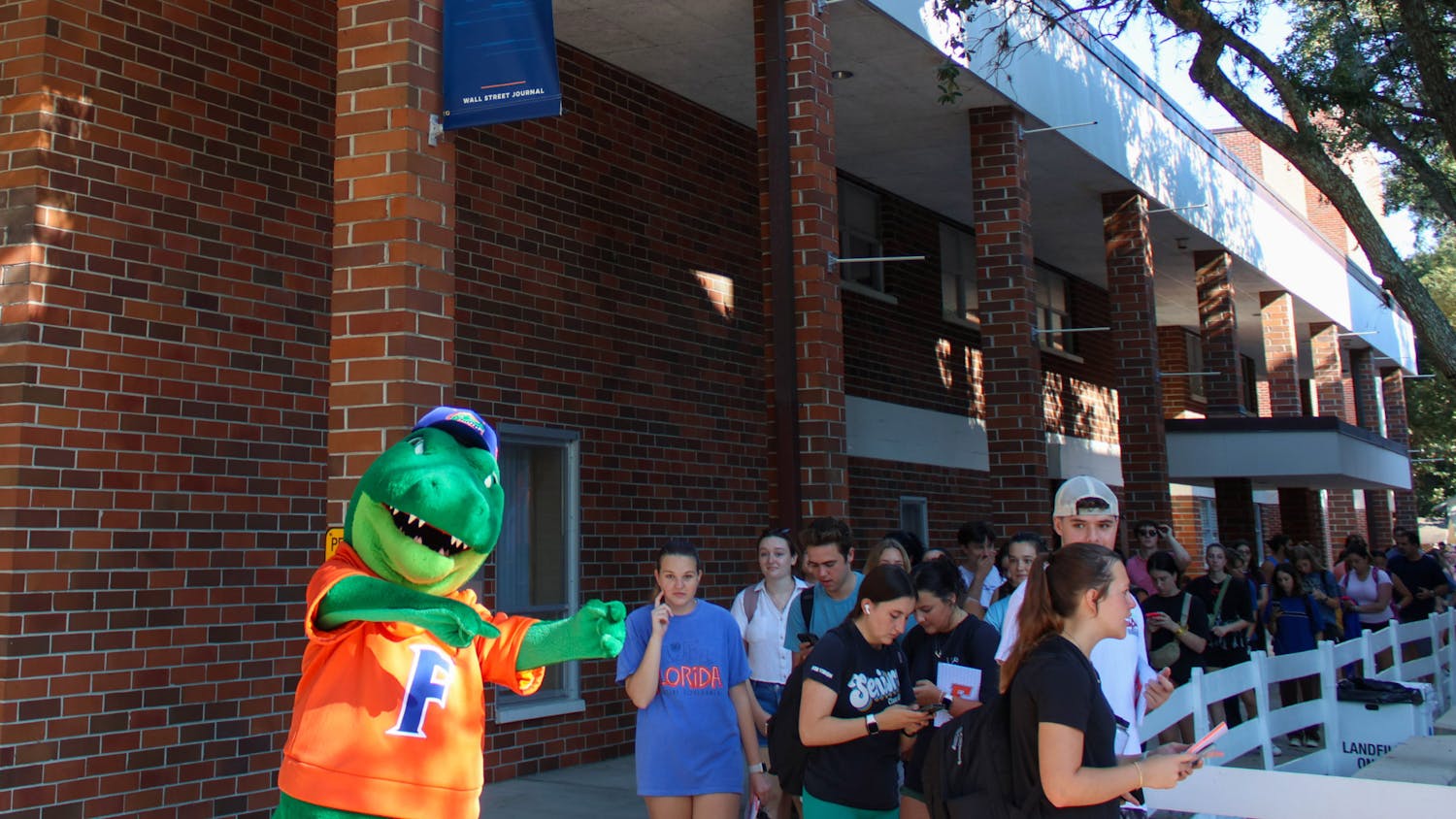What makes a university great? Is it the academics? The prestige? The ability to help students move up the socio-economic ladder? And what are we really bragging about when we share a Facebook post about UF being a top-10 public institution?
UF and its students have been quick to celebrate this accomplishment because being a top-10 public institution has been UF’s goal for a long time — but, at least to me, it’s not clear what exactly this means.
Last week, UF was announced as No. 9 on US News & World Report’s Top Public Schools ranking — tied with University of California, Irvine and University of California, San Diego. UF staff and students shared this across social media. But what does being in the top 10 mean for a university's students? Are there any measures that are relevant to students? Is it relevant to professors at all? You’ll have to check the methodology to find out.
My fascination for the topic of school rankings comes from the high school I attended — which ranked highly in the Newsweek’s, later The Washington Post’s, America’s Most Challenging High Schools rankings. Since that ranking is calculated by dividing up the number of Advanced Placement, International Baccalaureate and Advanced International Certificate of Education tests given at a school by the amount of graduating seniors, this means schools had every incentive to make students take more tests, but the outcome of the tests didn’t matter. Often, the first year of an IB course would actually follow the coursework of an AP class, even though the curriculums were entirely different. These rankings have nothing to do with what is best or challenging — just how many tests they can pay for.
Similarly, I’m not sure the US News & World Report rankings actually mean what most people think they do. The US News & World Report ranking takes into account graduation and retention rates (22.5 percent), undergraduate academic reputation (22.5 percent), faculty resources (20 percent), student selectivity (12.5 percent), financial resources (10 percent), graduation rate performance (7.5 percent) and alumni giving rate (5 percent). It’s a formula that accounts for many different aspects of a university, but there are still parts that matter which are not included. Whether a university helps its most vulnerable students should also be a factor.
I understand that “best” can be difficult to quantify. However, it raises the question: Best for whom? This ranking doesn’t reflect many of the things that affect students the most — campus culture, job outcomes for graduates, accessibility to students of different socio-economic statuses and more. Since UF has started its quest to become a top-10 public institution, it’s easy to see they have focused on the very things the ranking measures. But there are other rankings out there where UF does not fare as well.
For example, the US College Rankings by The Wall Street Journal and Times Higher Education focuses on resources, engagement, student outcomes and college environment. UF ranks No. 58, compared to the US News & World Report’s ranking of UF as No. 42 in the national universities category. UF also ranks No.143 in the world.
It’s OK to celebrate UF’s achievement — but know what you’re celebrating. The prestige factors such as student selectivity and undergraduate academic reputation weigh heavily. While those are important and can influence a student’s choice to attend the school — they are not the only things that matter. Let’s find things to brag about that are quantifiable and concrete, that universities have historically struggled with — such as whether UF is good at helping low-income students, how UF encourages minority enrollment and how graduates fare in the workforce.
Nicole Dan is a UF political science and journalism junior. Her column appears on Mondays.





